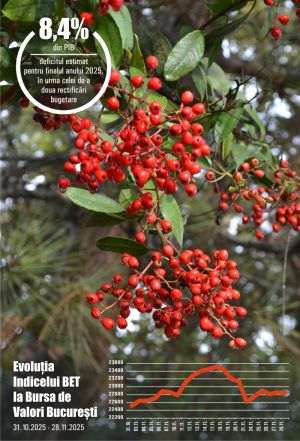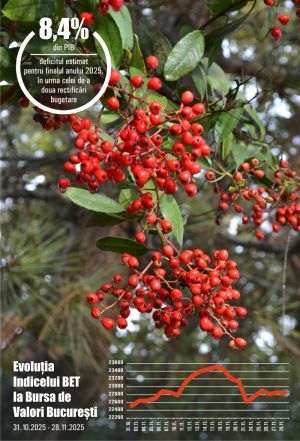Tobacco entered Europe after Christopher Columbus"s discovery of America, in 1492. Tobacco was imported in 1518, in the Iberian Peninsula, by a Spanish missionary.
The first victim of smoking was officer Diego Rodriguez, a huge aficionado of smoking, who was reported to the authorities for swallowing fire and breathing out smoke. Following a summary judgment, it was found that he had "ties to the devil", for which reason he was sentenced to 10 years of forced labor by the Spanish inquisition.
From Portugal, the plant spread to the entire Europe, thanks to the French ambassador in Lisbon, Jean Nicot, who recommended it as a cure for all ailings.
After Europe, tobacco was introduced in the Near East and then in Africa, Asia, and Oceania.
In 1811, Napoleon created in France the monopoly of tobacco, an institution which was then implemented by other countries, allowing them to earn considerable amounts of money.
In Romania, tobacco was brought in by Turks, in mid 16th century, and a tax was immediately introduced, named the "tobacco haraci".
The first factories for processing tobacco appeared in 1812 in Moldova and in Muntenia in 1821.
1864 - By decree of ruler Alexandru Ioan Cuza, the state establishes its monopoly on tobacco.
1879- The state takes over the administration of the monopoly of tobaccos. The private company becomes a public corporation, and is operated by the Ministry of Finance, under the name of the General Department of the Public Corporation of State Monopolies.
1906 - The experimental station for growing tobacco. The Belvedere tobacco manufacture of Bucharest wins the gold medal for the best products, at the anniversary fair held that year.
1918- Apart from the factories of Bucharest and Iaşi, four more get created: Timişoara, Cluj, Sfântul Gheorghe and Chişinău. The Public Corporation of State Monopolies handle the organization and development of the culture of tobacco, of organizing work in the factories, the procurement of the machinery for cutting and packaging tobacco and for making and packaging cigarettes.
1929- Romania"s foreign loans were guaranteed by the Autonomous House of the Monopolies of the Kingdom of Romania created on February 7.
10 new warehouses were built for the fermentation and storage of tobacco, equipped with modern handling and ventilation installations. There were 25 fermentation areas in the following cities: Bucharest-Belvedere, Arad, Bazargic, Bârlad, Careii Mari, Kishinev, Craiova, Crevedia Mare, Floreşti, Găeşti, Ghimpaţi, Gherghiţa, Isaccea, Olteniţa, Oltina, Orhei, Timişoara, Titu, Urziceni, Valea lui Mihai, Vlăduleni, Satu-Mare, Silistra, Soldăneşti and Giurgiu.
1930- The Experimental Institute is inaugurated, which had four departments: agriculture, chemistry, fermentation and phytopathology.
1940- As a result of the war, just three cigarette factories were left: Bucharest-Belvedere, Iaşi, Timişoara. In the end of the year, the cigarette factories of Târgu Jiu and Râmnicu Sărat were commissioned.
1964- A completely mechanized and partially automated cigarette production line is installed, which had an output of 1800 cigarettes a minute.
1970- The general department of tobacco becomes the Plant for the industrialized processing of Spirits and Tobacco.
1971- The Central for the Growing and the Industrialization of Tobacco is created, which was controlled by the Ministry of Agriculture, Silviculture and Food Industry.
1990- The central of the tobacco industry gets back is Public Corporation name.
1997- The Public Corporation becomes "Societatea Naţională Tutunul Românesc" SA.
2004- Following the privatization process, "Societatea Naţională Tutunul Românesc SA" becomes Galaxy Tobacco.






















































